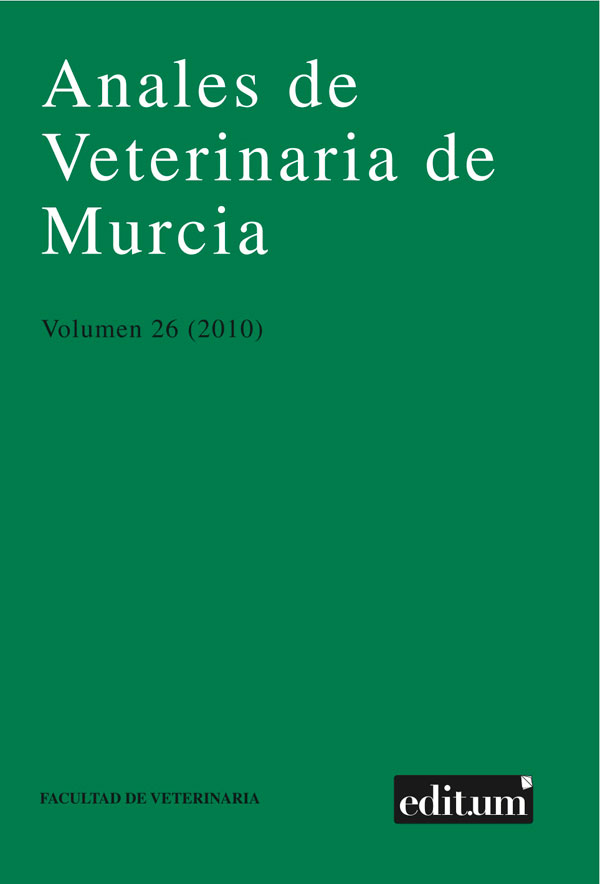Simultaneos uterine leiomyoma and endomtiral hyperplasia in a white-nosed monkey (Cercopithecus Nictitans). First case report
Abstract
This paper describes histopathological and immunocytochemical features of a combined uterine leyomioma and a non atypical complex endometrial hyperplasia in a white-nosed monkey (Cercopithecus nictitans). Immunocytochemically, uterine leiomyoma was α-actin positive, and negative for desmin. By the other hand, endometrial hyperplasia showed strong immunoreaction against ciclin D1, cyclooxygenase-2 (COX-2), oestrogen receptor, isoform A of progesterone receptor and slight p53 immunoreaction. This is the first immunocytochemical description of an endometrial hyperplasia in a white-nosed monkey. This lesional spectrum, similar to those described in human pathology, suggests similar pathogenic mechanisms.Downloads
-
Abstract450
-
PDF (Español (España))242
Creative Commons Attribution 4.0
The works published in this journal are subject to the following terms:
1. The Publications Service of the University of Murcia (the publisher) retains the property rights (copyright) of published works, and encourages and enables the reuse of the same under the license specified in paragraph 2.
© Servicio de Publicaciones, Universidad de Murcia, 2019
2. The works are published in the online edition of the journal under a Creative Commons Attribution-NonCommercial 4.0 (legal text). You can copy, use, distribute, transmit and publicly display, provided that: i) you cite the author and the original source of publication (journal, editorial and URL of the work), ii) are not used for commercial purposes, iii ) mentions the existence and specifications of this license.

This work is licensed under a Creative Commons Attribution-NonCommercial-NoDerivatives 4.0 International License.
3. Conditions of self-archiving. Is allowed and encouraged the authors to disseminate electronically pre-print versions (version before being evaluated and sent to the journal) and / or post-print (version reviewed and accepted for publication) of their works before publication, as it encourages its earliest circulation and diffusion and thus a possible increase in its citation and scope between the academic community. RoMEO Color: Green.




